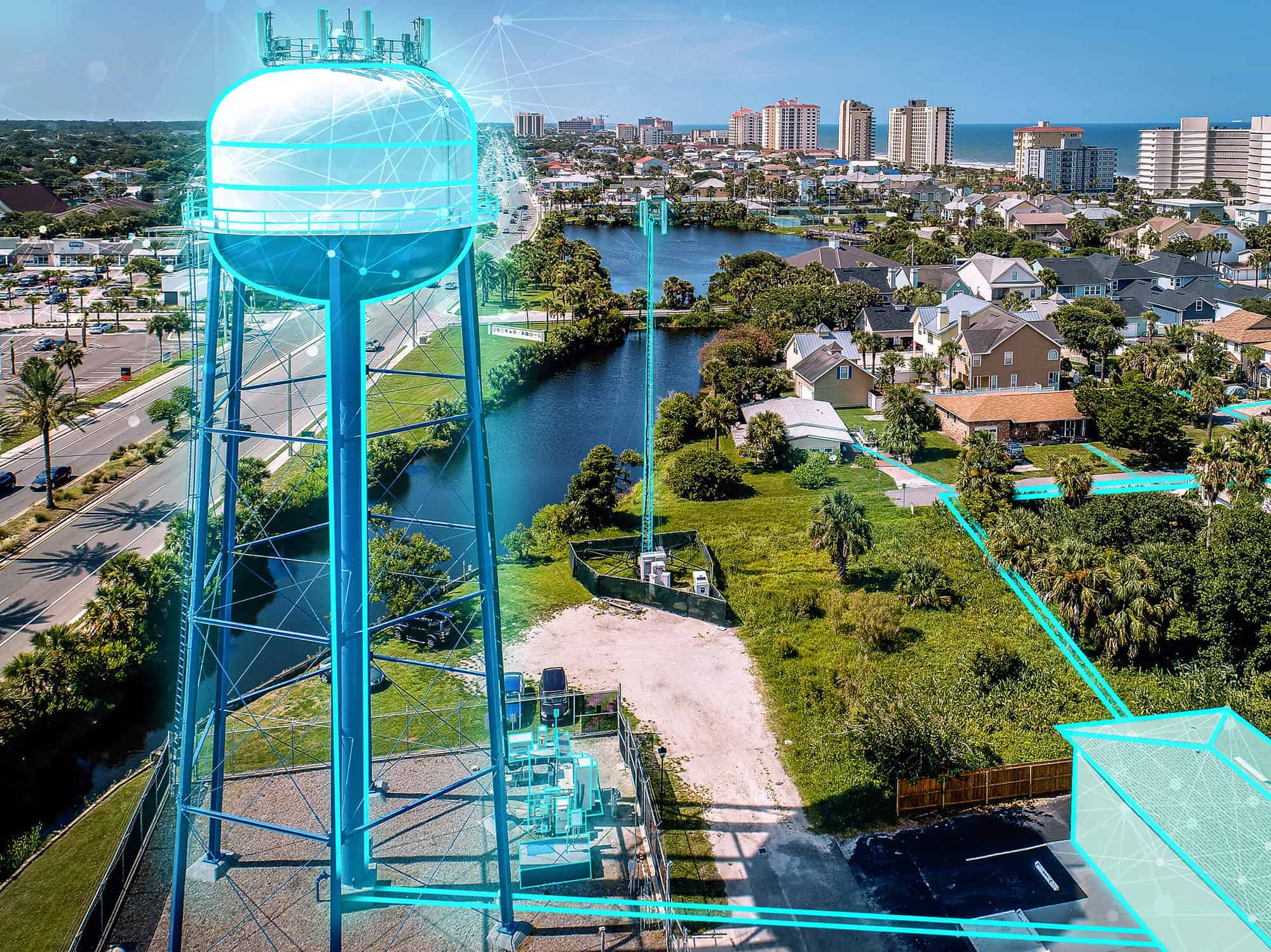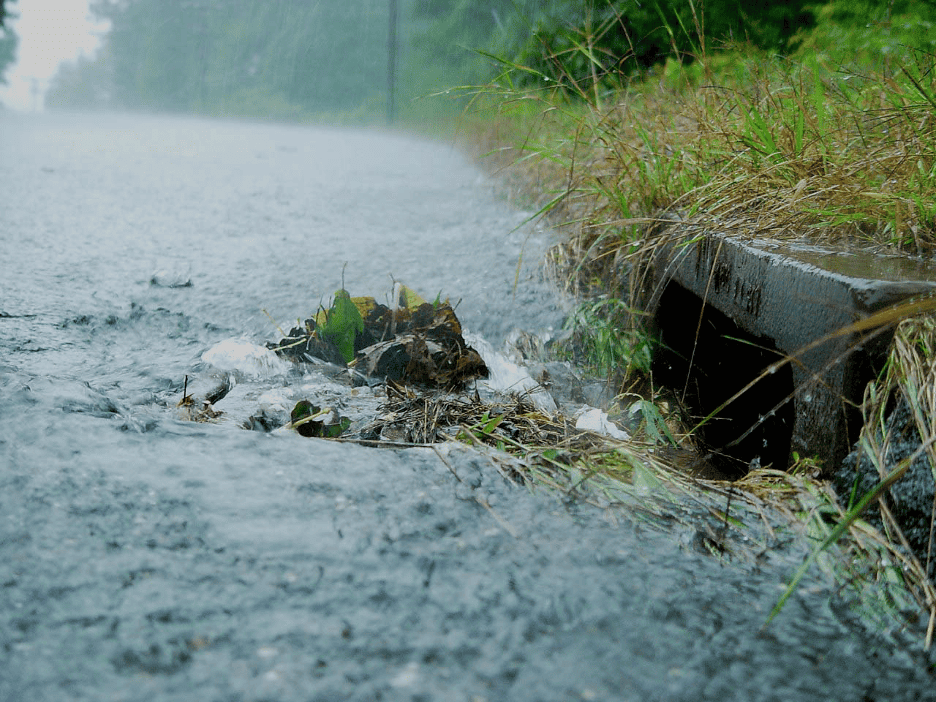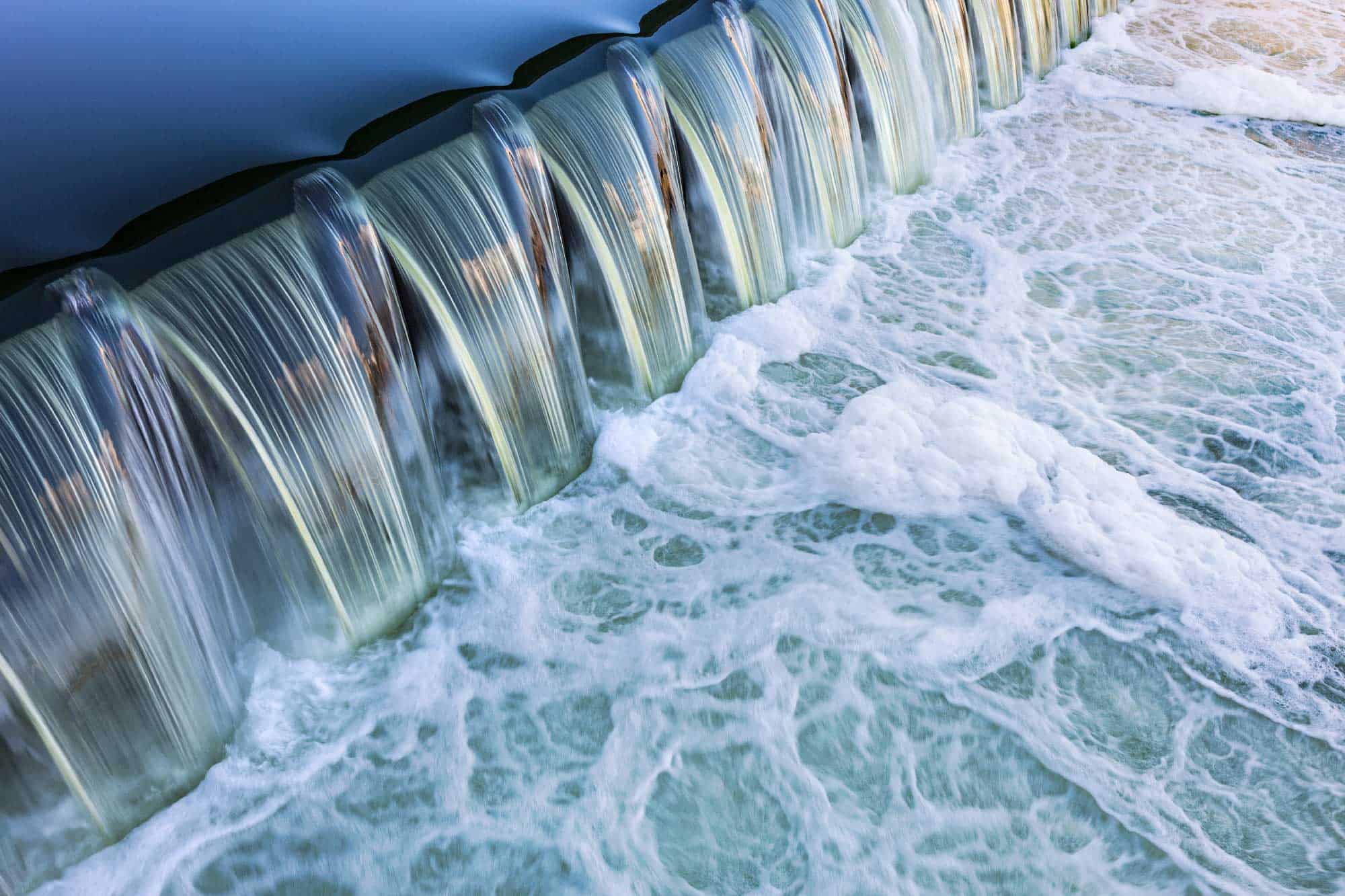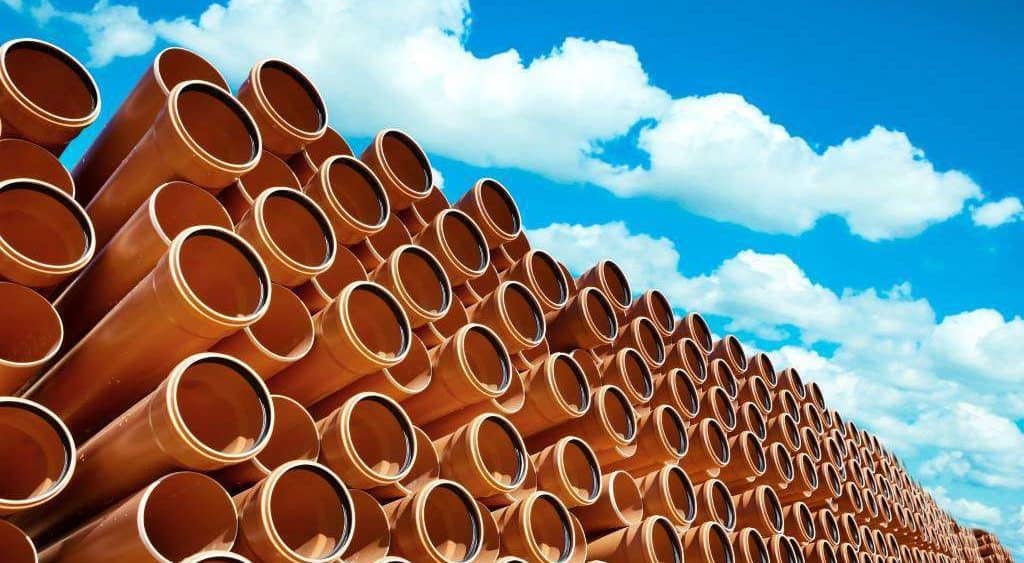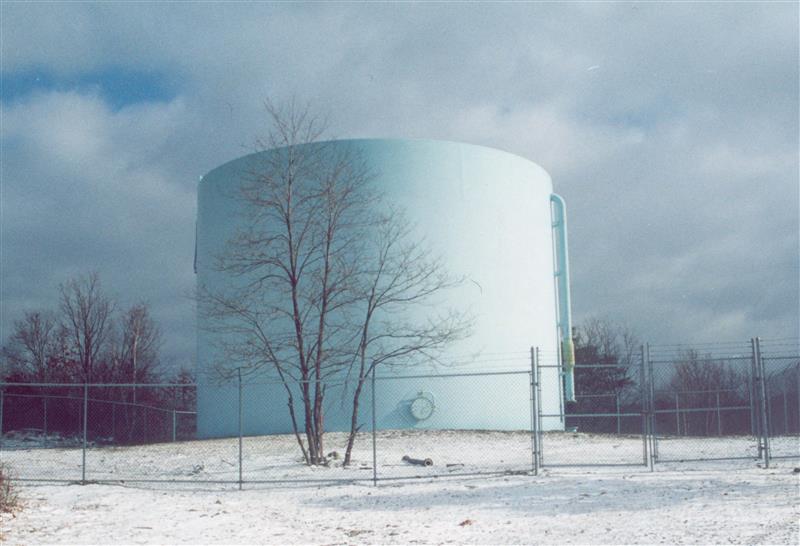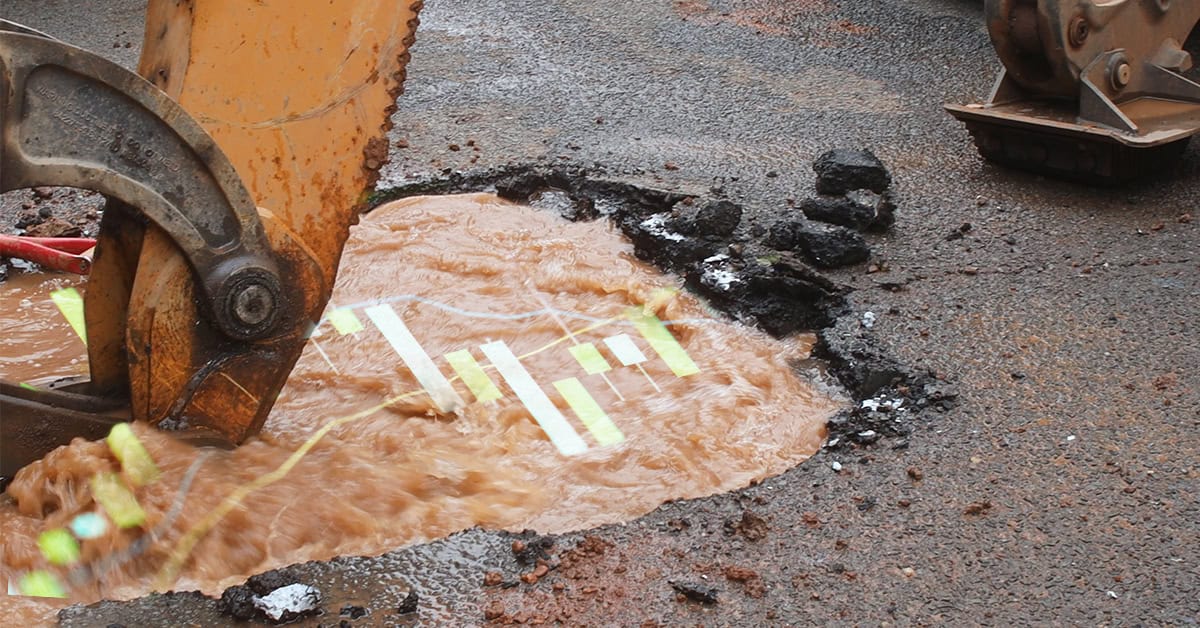In a sewer or stormwater utility, flow can generally be considered one-dimensional (1D). Flow passes through linear conduits, channels, culverts, and gutters, and for the most part, these can be modeled as 1D elements connected by manholes, junctions, and cross sections. This works well for sizing conduits and channels as two- and three-dimensional effects can be ignored, and flow can originate as laterals from buildings or inflow into catch basins.
But if you’ve ever watched it rain, you would realize that the ground surface is two-dimensional (2D). In many cases, engineers can calculate the 2D runoff using catchment elements, which represent large areas (catchments) discharging at a downstream point into a catch basin or pond. Catchments are convenient modeling tools, but they only approximate the 2D surface. Many times, you may need to get a better picture of the depths and velocities within a catchment upstream of the first 1D modeling elements. That is where 2D modeling comes into play.
Rather than the 1D flow equations in pipes and channels, 2D shallow water equations are needed to model flows over 2D surfaces. While this is challenging, it provides a more accurate way to model pervious vs. impervious surfaces, small swales, walls, and buildings. Armed with rainfall rates and a good description of the surface and infiltration properties, a 2D model can do a better job of determining where the flow is going, how fast, and how deep.
If there were no sewers, channels, or culverts, a 2D model is all that is needed to model rainfall/runoff. This natural overland flow, however, runs into constructed 1D infrastructure, and the flow needs to pass from a 2D to a 1D model. The modeler needs to specify where these 2D and 1D systems (and their very different equations) come together. That can happen at points like catch basins, the inlets to culverts, or linear features like the edge of an open channel. Once these connections are specified, the 1D and 2D models can work smoothly.
However, sometimes the flow can go in the other direction. Manholes, catch basins, and channels can overflow, and that flow goes back into the 2D world. These connection points need to be accounted for in the model. These are especially important because while the rainfall/runoff into catch basins is generally clean water, combined and separate sanitary sewer overflows are often contaminated, and the contents are best kept in the sewers.
There are a variety of use cases for integrated 1D-2D modeling. These include:
Stormwater systems – where all flow is due to rainfall and runoff (including snowmelt). In urban areas, flood prevention and gutter spread are the goals, and models are needed to help size ponds, gutters, and channels and design low-impact development features.
Separate sanitary sewers – where, ideally, no precipitation gets into the sewers (although it always does to some extent), and the sewers need to be designed to convey the wastewater to the treatment plant without overflowing. In this case, the 2D fate of the overflow becomes of paramount interest.
Combined sewer systems – where both wastewater and stormwater must be conveyed to their ultimate destinations without flooding or overflowing. These systems combine the processes of storm and sanitary systems and must account for the complexity of both.
With OpenFlows SewerGEMS, a user can examine the impacts of overland flow and mitigate the impact of flooding.
Because they are so different, 1D and 2D models were kept separate in the past. However, advances in the modeling world have made the integration of 1D and 2D models a reality. Bentley Systems has developed its own 1D-2D integrated model built on SewerGEMS. It represents a marriage of Bentley’s 2D FLOOD model with its popular SewerGEMS 1D sewer design and operations model. Now, a user can run an integrated 1D-2D model in a single run. If the user already has a SewerGEMS model, he/she is halfway there.
To learn more about SewerGEMS 2D, see https://www.bentley.com/software/openflows-sewergems/.
If you want to contact me (Tom), you can email [email protected].

